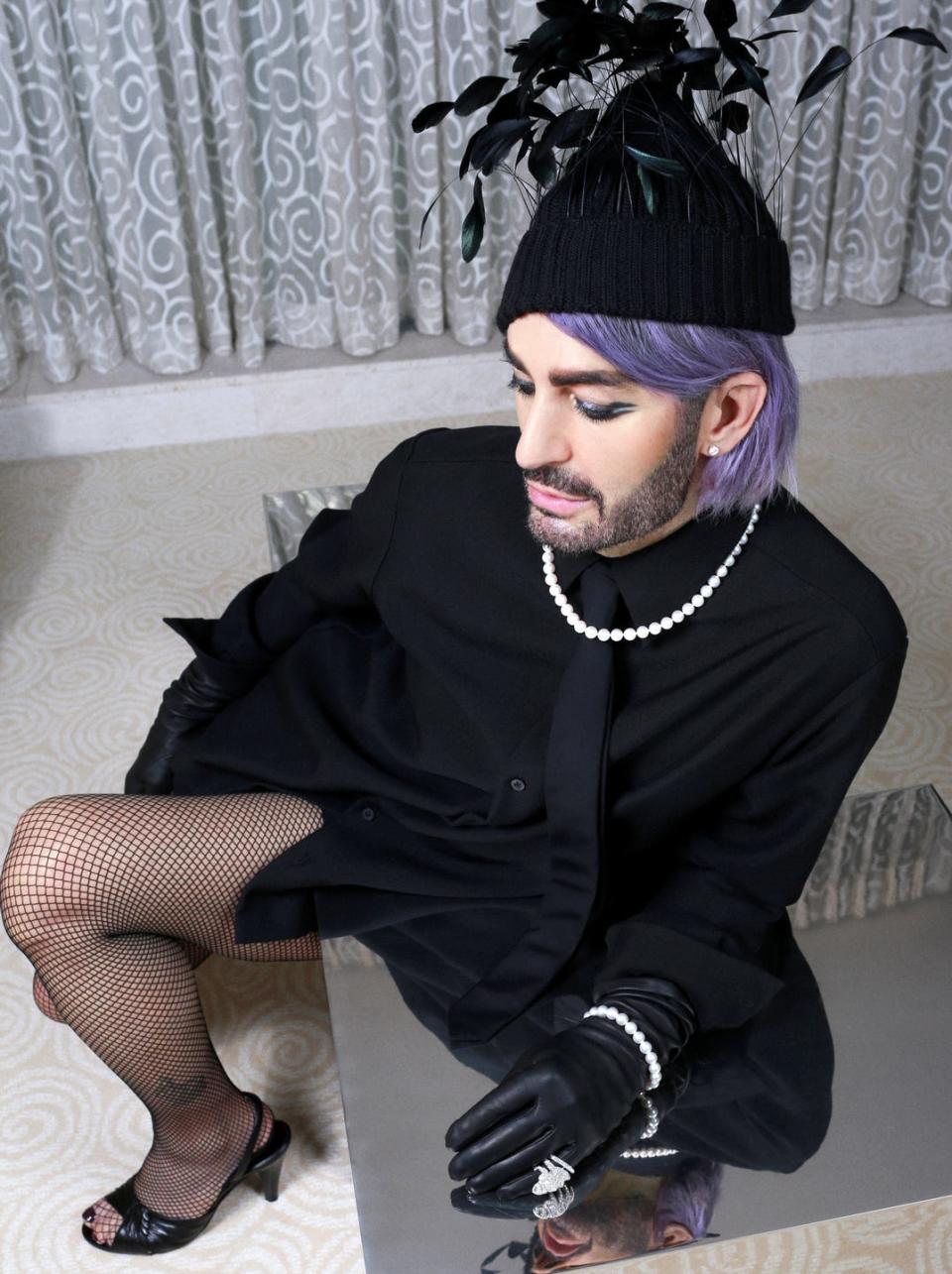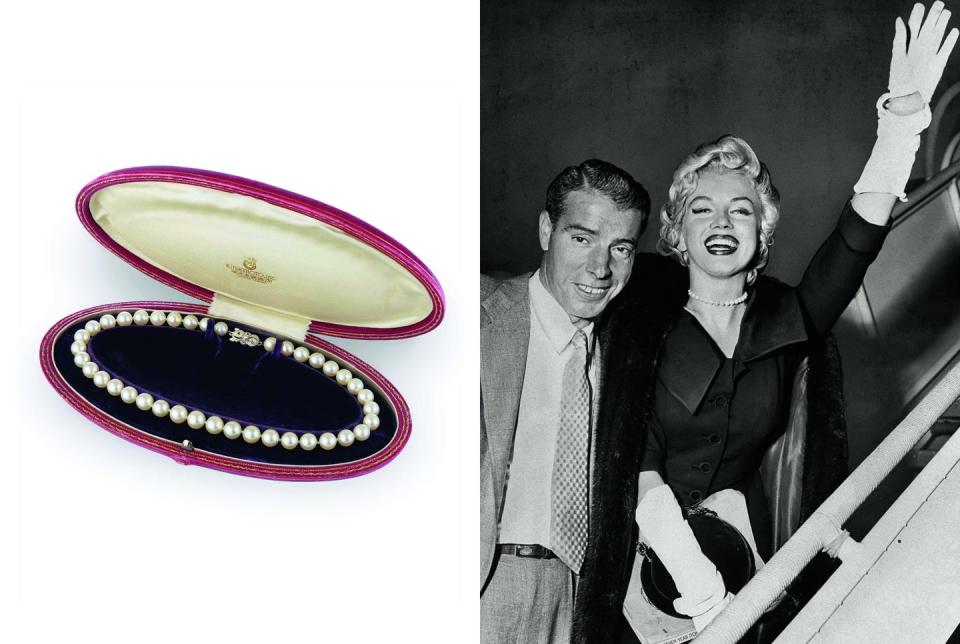10 Fascinating Facts About Mikimoto Pearls
If it weren’t for Kokichi Mikimoto, we might be living in a world without pearls. As a young man growing up in a seaside Japanese village, Mikimoto observed the diminishing supply of natural pearls and came up with a solution: cultured pearls. Today, natural pearls are virtually extinct, while Mikimoto’s dream of “adorning the necks of all women around the world with pearls” is a reality.
Of course, it’s not just women wearing pearls today; men have joined the pearl party, too. Just ask Atlanta Braves' outfielder Joc Pederson, who wore his strand while playing in last year’s World Series games. A new generation of jewelry lovers have embraced pearls in stylish and edgy new designs, and they have Mr. Mikimoto to thank. So in his honor, here is a look back at the creation of his pearl empire and some fascinating facts about Mikimoto pearls.
From noodles to pearls
In 1858, Kokichi Mikimoto was born in a seaside village in Japan. The eldest son of a noodle shop owner, he left school at 13 to help support his family by selling vegetables. But he had bigger dreams: after watching the local pearl divers uncover treasures from the sea, he envisioned a different future for himself.
Risking it all on oysters
Kokichi observed the diminishing supply of natural pearls, and saw an opportunity create an alternative. In 1888, he and wife Ume used a small bank loan to establish an oyster farm at the Shinmei inlet, now called Mikimoto Pearl Island. He realized that by inserting a particle into the flesh of the oyster it would stimulate nacre secretions and ultimately create a lustrous pearl.
Don't forget about the oyster-eating octopuses
He ignored naysayers who watched one failed attempt after another as he tried to cultivate pearls. Finally, after years of experiments and obstacles, including oyster-eating octopuses and damaging red algae which destroyed his oysters, Kokichi Mikimoto triumphed. In 1893, his wife retrieved the first oyster with a semi-spherical cultured pearl.
It's the real thing
In 1896, Kokichi received a patent for his method of cultivating pearls–but not everyone embraced the new gems. In 1921, a London newspaper article claimed they were imitations of real pearls, saying it was misleading to call them pearls of any kind. Kokichi Mikimoto filed a lawsuit in a Paris court, which, after much publicity, he won and it made his pearls famous.

Japan’s most famous export
Kokichi Mikimoto wasn’t just an inventor, he was a master marketer. He created stylish Art Deco-inspired jewelry designs for his pearls, opened his first boutique in Tokyo’s Ginza district in 1899, with more to follow in London, Paris, and New York. He grabbed people’s attention with outrageous pearl stunts, like the life-sized replica he made of the Liberty Bell with 12,250 pearls for the 1939 New York World’s Fair.
Men love Mikimoto pearls, too.
Designer Marc Jacobs purchased his first Mikimoto pearl necklace a few years ago, and later told T&C that he wears it every day. He’s one of several stylish men who recently made pearls their style signifier.

Pearls are also a girl’s best friend.
Marilyn Monroe didn’t just love diamonds. On her 1954 honeymoon in Tokyo with Joe DiMaggio, she was given a Mikimoto Akoya cultured pearl necklace. It’s currently on display at the brand’s Fifth Avenue store in New York.

From classic to edgy
After cultivating white akoya pearls, Kokichi Mikimoto also became the first to culture black South Sea pearls. Those moody dark pearls are featured in the company’s newest Passionoir collection, set in black rhodium-plated silver, which gives pearls a sleek, genderless appeal. The company also partnered with Comme Des Garçons on urban pearls designs interspersed with safety pins and spiky elements.
Thomas Edison was a fan.
When inventor Thomas Edison saw Kokichi Mikimoto’s pearls, he couldn’t believe they were cultivated. After meeting in 1927, Edison wrote to him: “This isn't a cultured pearl, it's a real pearl. It is one of the wonders of the world that you were able to culture pearls.”
Never enough pearls
Thanks to Kokichi Mikimoto, Japan is known as the source for the world’s most beautiful akoya pearls. He never stopped pursuing his dream, and worked until he died at age 96 in 1954.
You Might Also Like

